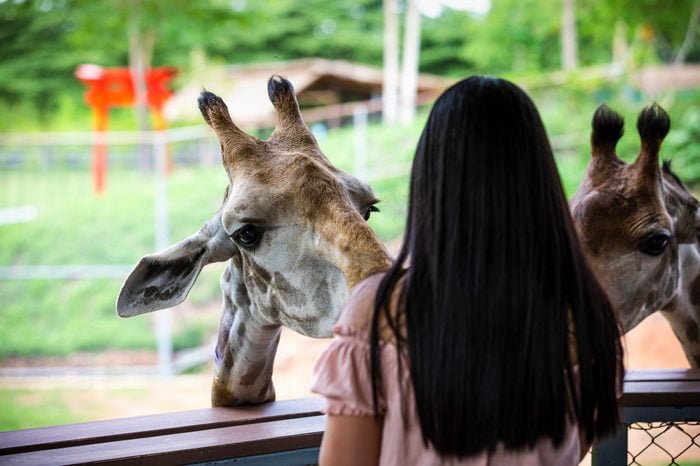
Every animal’s needs are different
People go to zoos and aquariums to get up close to species that we would never encounter otherwise. Education and conservation is part of the mission of modern zoos, says David Mizejewski, a naturalist with the National Wildlife Federation. But there are some animals you’ll probably never see there. “Certain animals you just can’t provide for,” Mizejewski says. “Then there are just some animals that, for whatever reason, don’t thrive under human care.” Here are some of them:
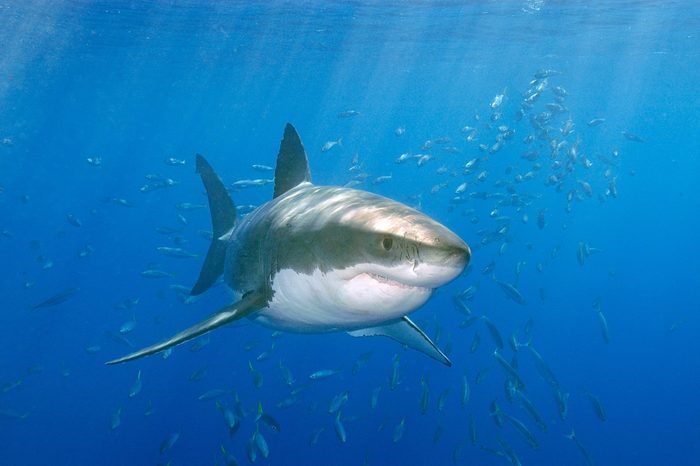
Great white shark
Aquariums have tried to keep great white sharks in captivity—with little success. In 2016, a great white shark died after three days in a Japanese aquarium, NPR reported. The shark refused to eat. Great white sharks also like to roam. “We can’t replicate their habitat in a way that they would be able to survive in captivity,” Mizejewski says. Find out more about why great white sharks don’t survive in captivity.
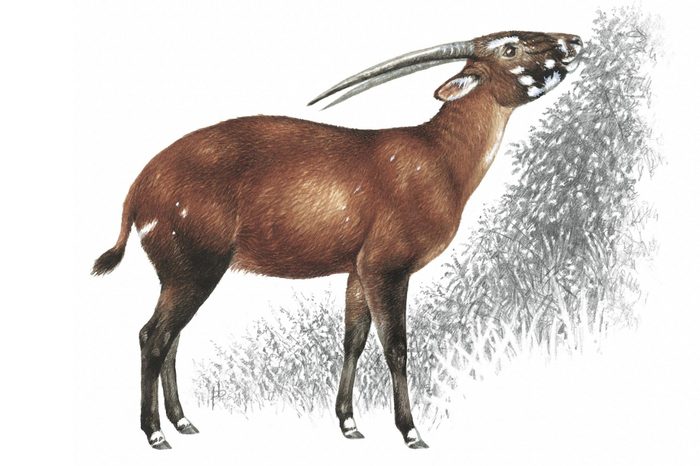
Saola
Found only in the Annamite Mountains of Vietnam and Laos, the saola (SOW-la) was only discovered in 1992, according to the World Wildlife Fund. Known as the Asian unicorn, the saola is critically endangered and has rarely been seen.
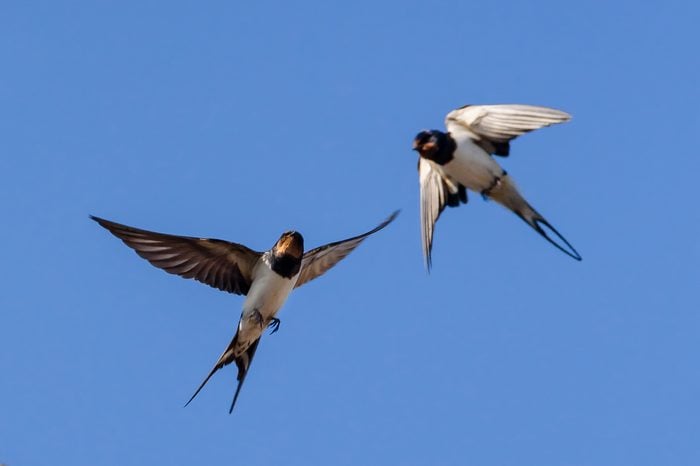
Swallow
Unlike some other species on this list, swallows are common. But that still doesn’t mean they’re suited for zoos. “Swallows are so focused on flying,” Mizejewski says. “They’re delicate and they don’t thrive in captivity.” You can definitely see some fascinating animals at the best zoo in every state.
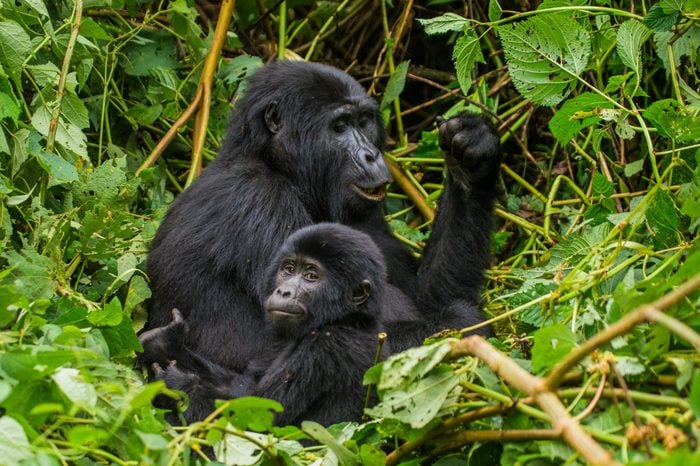
Mountain gorilla
Many attempts were made during the 1960s and 1970s to capture endangered mountain gorillas and breed them, according to the International Gorilla Conservation Programme. It’s not clear why mountain gorillas don’t survive in captivity, while lowland gorillas have. “Perhaps their dietary needs are more specific, or they were affected by stress and therefore succumbed to disease more rapidly,” the IGCP notes.
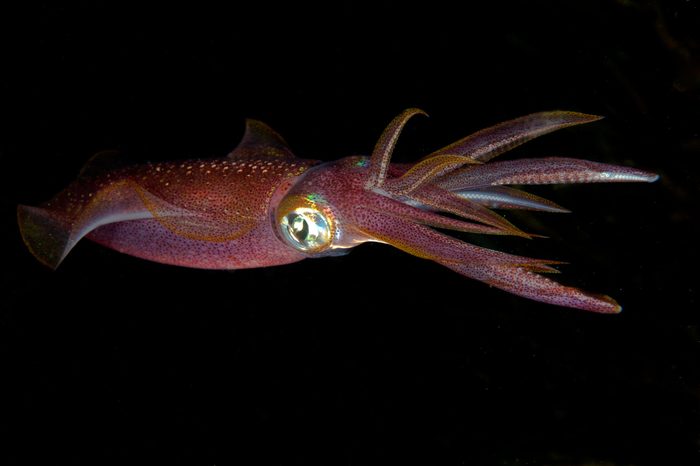
Giant squid
The largest giant squid scientists have found weighed almost a ton. And you won’t see one anytime soon. “Because the ocean is vast and giant squid live deep underwater, they remain elusive and are rarely seen,” the Smithsonian reports. “Most of what we know comes from dead carcasses that floated to the surface and were found by fishermen.” For some better news, read about these endangered baby animals that are making a comeback.
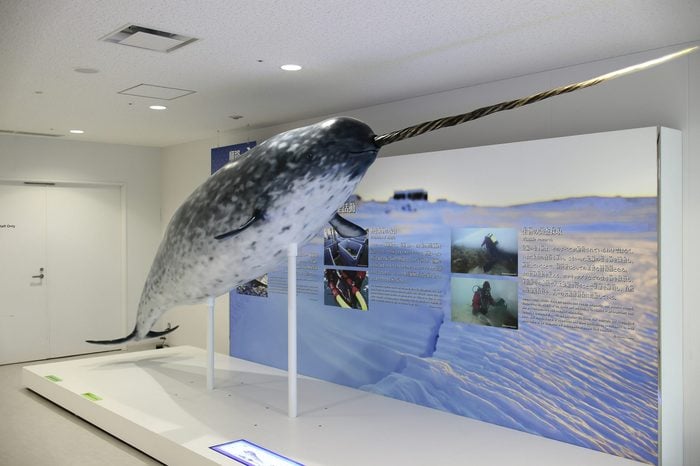
Narwhal
Known as the unicorns of the sea for their long, narrow tusks, narwhals are elusive. They’re skittish and hunt deep in the water. “Unlike other whales, narwhals—which can live more than 100 years—die shortly in captivity, greatly reducing the opportunity to study them,” according to the Smithsonian. “We’ve only had a glimpse of the beast,” Canadian narwhal specialist Pierre Richard told the magazine.
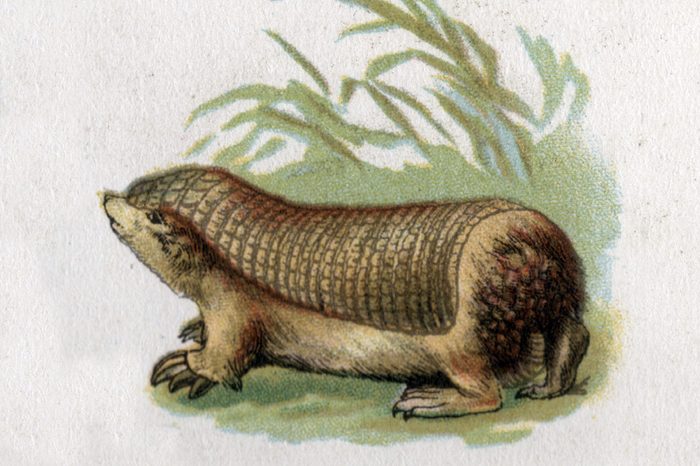
Pink fairy armadillo
Native to Argentina, pink fairy armadillos are rarely seen in the wild. When one was captured, any modification to its environment or diet produced a stress response, according to a study. The San Diego Zoo reports that “the pink fairy armadillo rarely lives more than a few years in zoos, so little is known about this species.” For more cool creatures, read about the strangest animal found in every state.
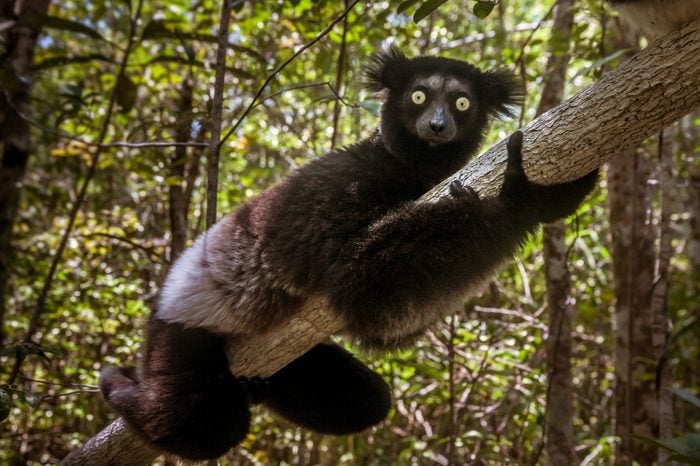
Indri
An indri is a large lemur found only in Madagascar. Not one has survived more than a year in captivity, according to the New England Primate Conservancy: “Research suggests that the diet of the indri is nuanced (they eat certain foods at certain times of day) and cannot be replicated in captivity. Also, when taken from the wild, these lemurs, for reasons which remain unclear, do not reproduce.”
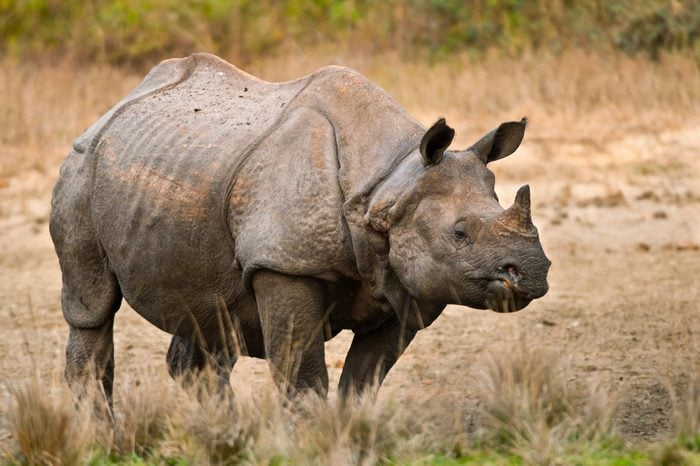
Javan rhino
The Javan rhino is the rarest large mammal on the planet, and none are in captivity, according to the World Wildlife Fund. They’re a shy species used to living in dense tropical forests, which are tough to replicate in captivity, Mizejewski says. There are only about 63 left, and they all live in Indonesia’s Ujung Kulon National Park.
